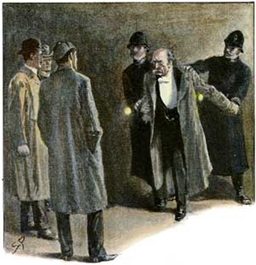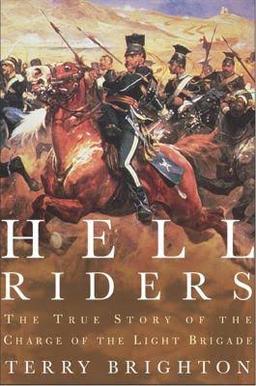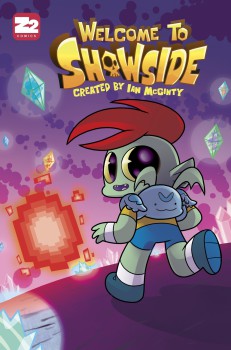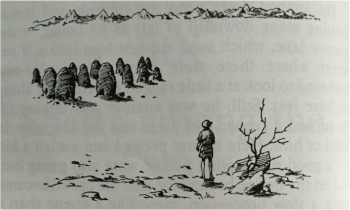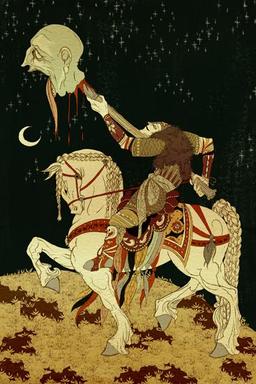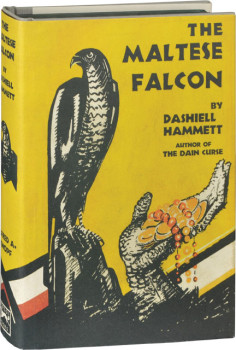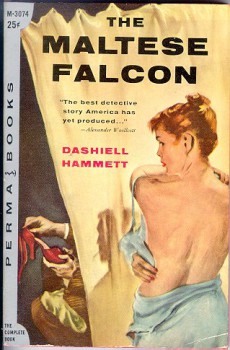Blogging Sax Rohmer’s The Wrath of Fu Manchu, Part Two
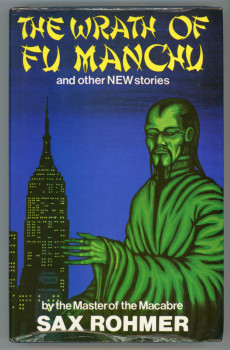
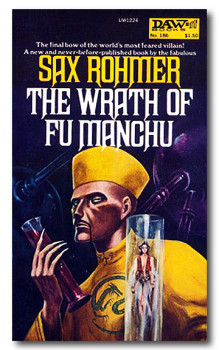 When Rohmer scholar, Dr. Robert E. Briney compiled a posthumous hardcover collection of the author’s rare and previously uncollected short fiction in the early 1970s, he included three short stories that were first published in This Week magazine in between Rohmer’s last two Fu Manchu novels. The stories were subsequently reprinted in sequence in Edgar Wallace Mystery Magazine between January and March 1966 where the latter two stories were retitled. The hardcover collection, The Wrath of Fu Manchu and Other New Stories was first published in the U.K. in 1973 by Tom Stacey. A U.S. mass market paperback edition from DAW Books followed in 1976. The collection was subsequently reprinted in 2001 as part of Allison & Busby’s Fu Manchu Omnibus – Volume 5. Titan Books will reprint the original collection as a trade paperback in March 2016.
When Rohmer scholar, Dr. Robert E. Briney compiled a posthumous hardcover collection of the author’s rare and previously uncollected short fiction in the early 1970s, he included three short stories that were first published in This Week magazine in between Rohmer’s last two Fu Manchu novels. The stories were subsequently reprinted in sequence in Edgar Wallace Mystery Magazine between January and March 1966 where the latter two stories were retitled. The hardcover collection, The Wrath of Fu Manchu and Other New Stories was first published in the U.K. in 1973 by Tom Stacey. A U.S. mass market paperback edition from DAW Books followed in 1976. The collection was subsequently reprinted in 2001 as part of Allison & Busby’s Fu Manchu Omnibus – Volume 5. Titan Books will reprint the original collection as a trade paperback in March 2016.
“The Eyes of Fu Manchu” was serialized in two installments in This Week magazine on October 6 and 13, 1957. It first appeared in book form when Dr. Briney added it to the 1970 Ace paperback collection, The Secret of Holm Peel and Other Strange Stories. The story opens with Sir Denis Nayland Smith attending a lecture at the Sorbonne by an American scientist, Dr. Gregory Allen. Dr. Allen is a specialist in the possible chemical means of halting or even reversing the effects of aging. Sir Denis correctly believes Dr. Allen’s research will draw him to the attention of Dr. Fu Manchu. He makes plans to attend Dr. Allen’s upcoming lecture at King’s College in London with Dr. Petrie who is flying in from Cairo.
Rohmer mines one of his own life’s episodes when he encountered and began an extramarital affair with a young bohemian woman while on a voyage to Madeira. Here, Gregory Allen meets a young bohemian woman named Mignon while crossing the English Channel. Mignon is an artist and, upon learning Gregory abandoned his study of art for science, she makes some pointed remarks about his abandoning the bohemian life of freedom and truth for one of compromised values as part of the Establishment. Her words seem to sting Dr. Allen as much as her beauty and youth charm him just as Rohmer, the former bohemian turned established bestselling author and husband must have felt when he began his own affair with a younger free spirit on his voyage to Portugal years before.
